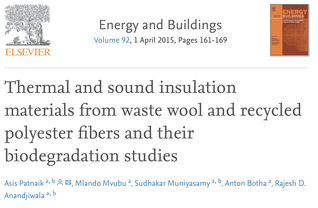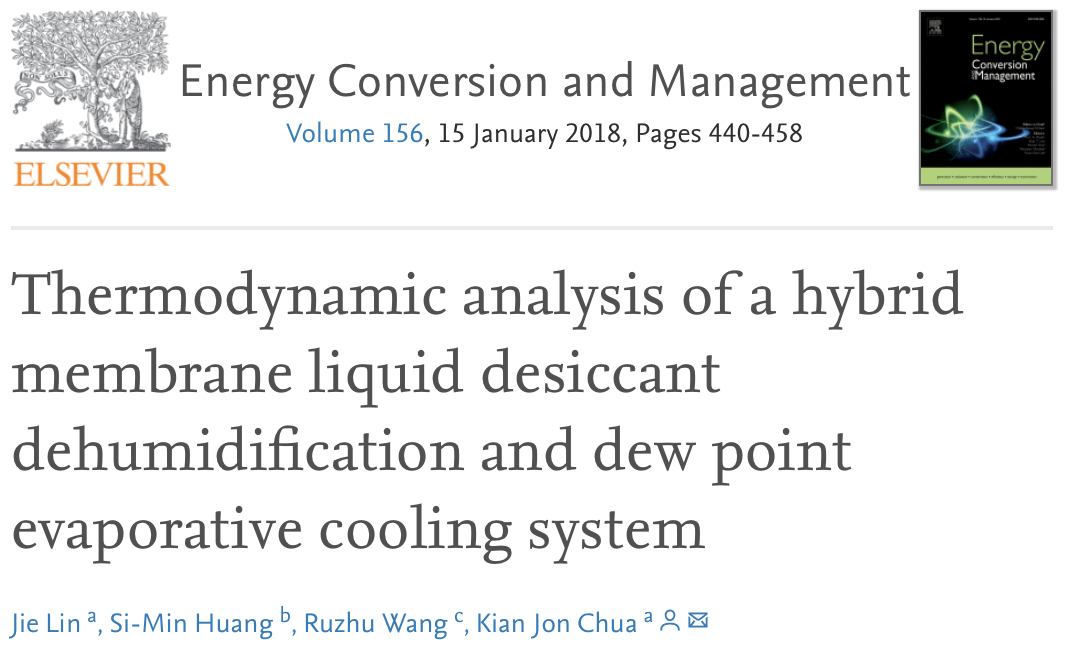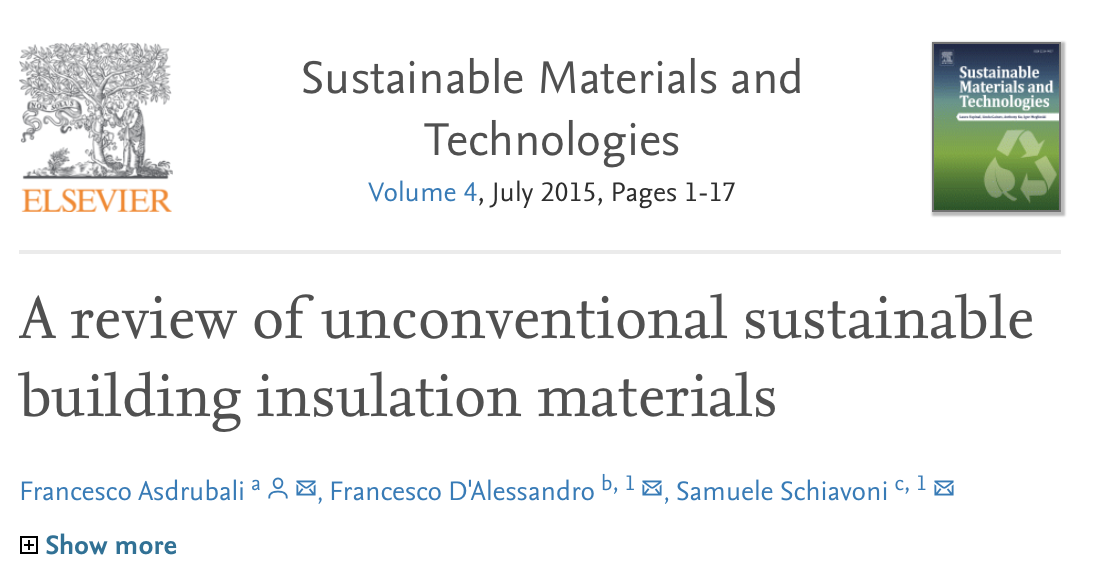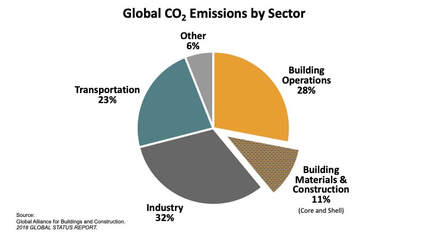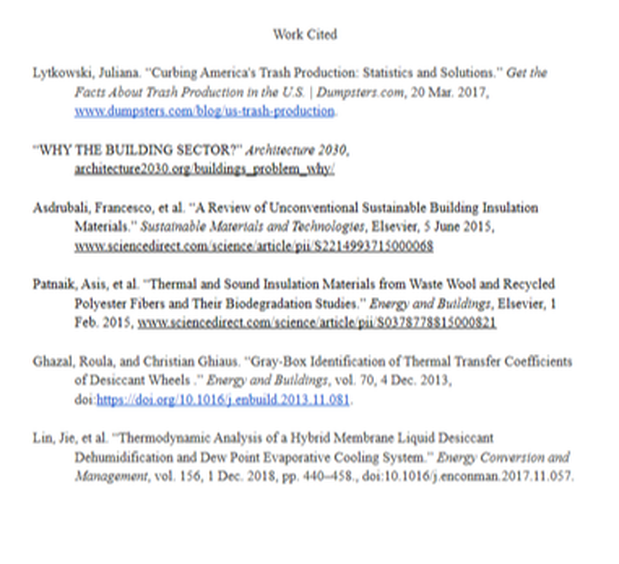Condensed Background
This is a graphic representation of the 4 studies we looked at before conducting our research which helped us decide not only what we wanted to pursue in terms of a topic but the ways in which we wanted to test it.
|
This study looked into the use of recyclables in insulation and how heating cost and waste could be reduced by using new insulation materials. In their study it was found glass recyclables were most effective in trapping heat and put the idea of sustainable design on the map.
The study was more focused on how they completed their research through the use of a desiccant wheel. They were testing the different cooling systems and their use of thermal transfer.
|
This study looked into the uses and properties of wool and if it could be an effective insulator in terms of thermal and acoustic properties. It was found that wool was most effective in very humid climates. This study created a cross-flow membrane liquid desiccant dehumidifier and a counter-flow dew point evaporative cooler to reimagine ways of cooling. They found they were able to control control humidity and temperature to cool a space.
|
Through these 4 studies and also looking at Liz McCormick's Environment Box and Ana Sandoval and Michelle Barrett's Low Fab Dehumidification, we came up with both our topic and the way in which we are going to study and test our proposals.
